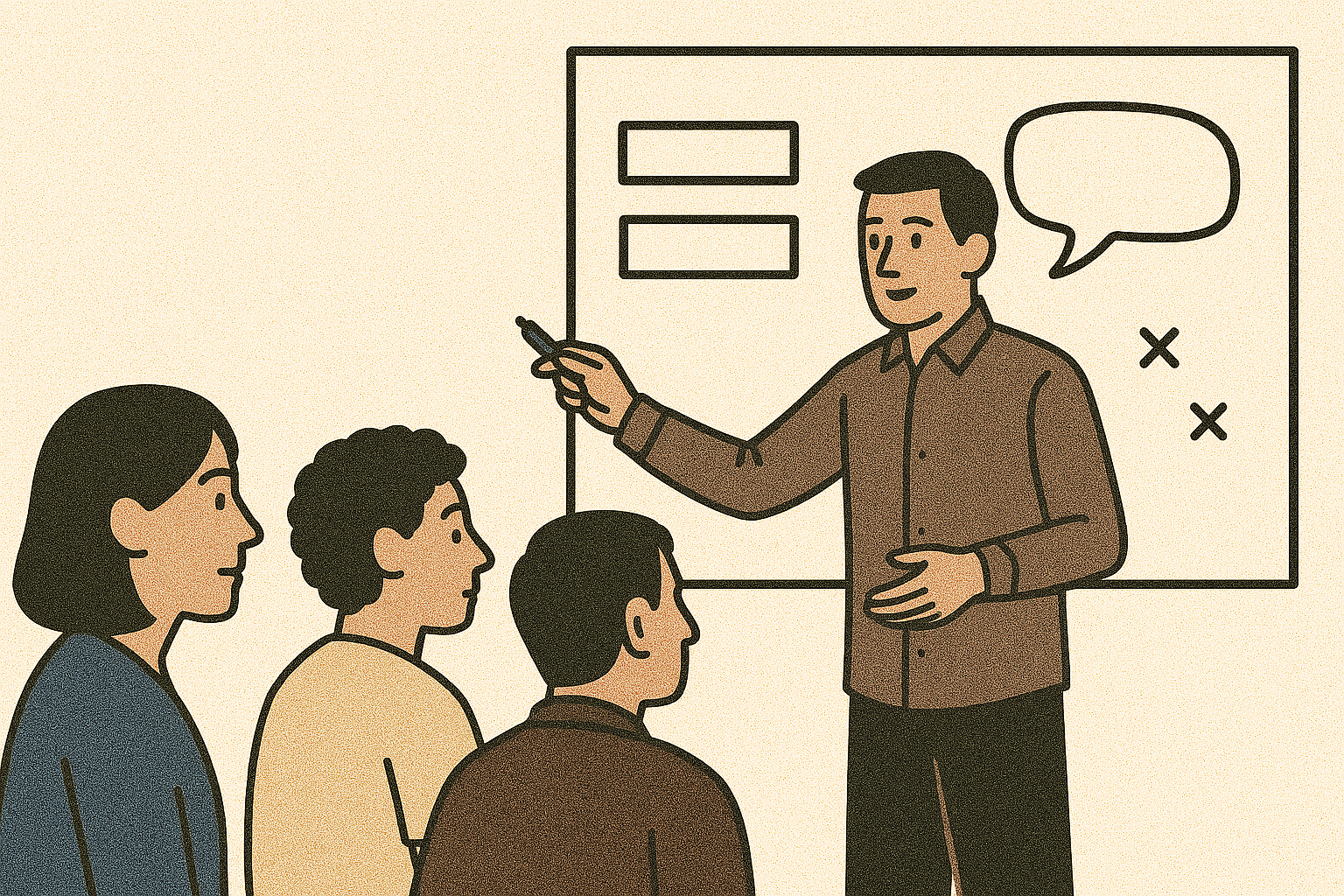Cast Spells on Product Discovery
Unlocking Success with User Stories: A Guide for Product Managers

In agile product management, the user story is a critical component that bridges the gap between user needs and actionable development tasks. Far more than just a task description, user stories empower teams to build product features that genuinely resonate with their audience. Be aware that there are very different behaviours and expectations from devs that might have an effect how you like to use user stories in your organisations:
There devs who are junior (-> overwhelmed) and need very exact requirement specs what users expect.
The opposite are those who feel impaired in creativity by too many details
In larger organisations you might even find some very frustrated or little committed ones who only start working if you have specified every detail. This is avoidance strategy or the people are just denying you in your role.
The perfect dev is the only is in the middle and can start with a concise user story because she/he had direct user interaction and developed a good taste who to solve a certain domain problem.
Here’s why user stories matter, and how effectively using them can transform your product management practices.
What Exactly is a User Story?
A user story succinctly captures what a user wants to achieve through a specific feature of your product, typically structured in the format:
"As a [type of user], I want [an action] so that [a benefit/a value]."
This simple structure helps product managers and development teams maintain clarity, focusing on value and usability rather than solely on technical implementation. Basically, you make clear why you would add the feature and what it involves. The benefit is about how you increase customer value but you can also make a note what business value it generates for your company to enable your team making an informed decision about the priority.
How User Stories Enhance Product Features
By centering your planning around user stories, you inherently shift towards a user-centric design approach. Each story directly translates into product features designed explicitly to fulfill users' goals and solve real-world problems.
Good user stories:
Clearly communicate the user's intent.
Provide context that helps prioritize development efforts.
Foster collaboration and alignment across teams.
When product features align closely with genuine user needs, satisfaction and retention naturally improve. In very technical engineering orgs or with technical products (e.g., technical components like databases or sdks), additional challenges arise as you need to articulate why a certain technology is helping you customers.
Integrating User Stories into Your Product Roadmap
An effective product roadmap outlines the strategic vision of your product. Integrating user stories into your roadmap ensures alignment between strategic objectives and customer-driven value. Each user story can directly map onto roadmap items, providing a transparent link between your team's daily tasks and broader company goals.
Product roadmaps driven by user stories offer:
Greater transparency across teams and stakeholders.
Improved prioritization based on real user needs and feedback.
Enhanced agility to adapt to market changes swiftly.
Depending on the audience of your roadmap and the granularity, user stories are either direct elements of the roadmap of underlying coarser "Epics" or desired outcomes. Typically, executives like to read something like "Chat bots for customers service" and the engineering team embraces "As first-time-shopper I want to talk to a automated chat bot to being able to negotiate a discount."
Managing Your Backlog with User Stories
Your backlog is the heartbeat of agile product management. Populating your backlog with well-crafted user stories simplifies the complex process of managing ongoing product development. A backlog filled with clear user stories ensures each item directly addresses user priorities and business objectives, enhancing your team's effectiveness.
Backlog management benefits from user stories by:
Clarifying prioritization decisions.
Streamlining sprint planning and execution.
Improving visibility into development progress.
Users stories will always compete with bugs and other technological elements (refactoring plans). Make sure to be able to prioritize them with each other, depending on what objective you company is about. E.g., if you are going all-in QA, bugs might being seen more valuable than new user functionality.
Avoiding Common Pitfalls
While user stories are highly effective, beware common missteps:
Overly technical stories: Keep user stories focused on the user's perspective. As said earlier, the exception are very technical products.
Lack of clarity: Stories should be clear, concise, and focused on value. Different kinds of devs have different needs. Optimally, you leave some space for creativity as it's not your job as a PM to foresee every technical solution option.
Skipping validation: Always test and validate user stories against real user feedback. Talk to customers before allowing to start working on the story.
Conclusion
The strategic use of user stories provides a robust framework that enhances the development of impactful product features, aligns your product roadmap with user needs, and brings clarity to your backlog management. Embrace user stories to not just build products, but to build meaningful, user-centric experiences.
ultimate product discovery

ultimate product discovery


